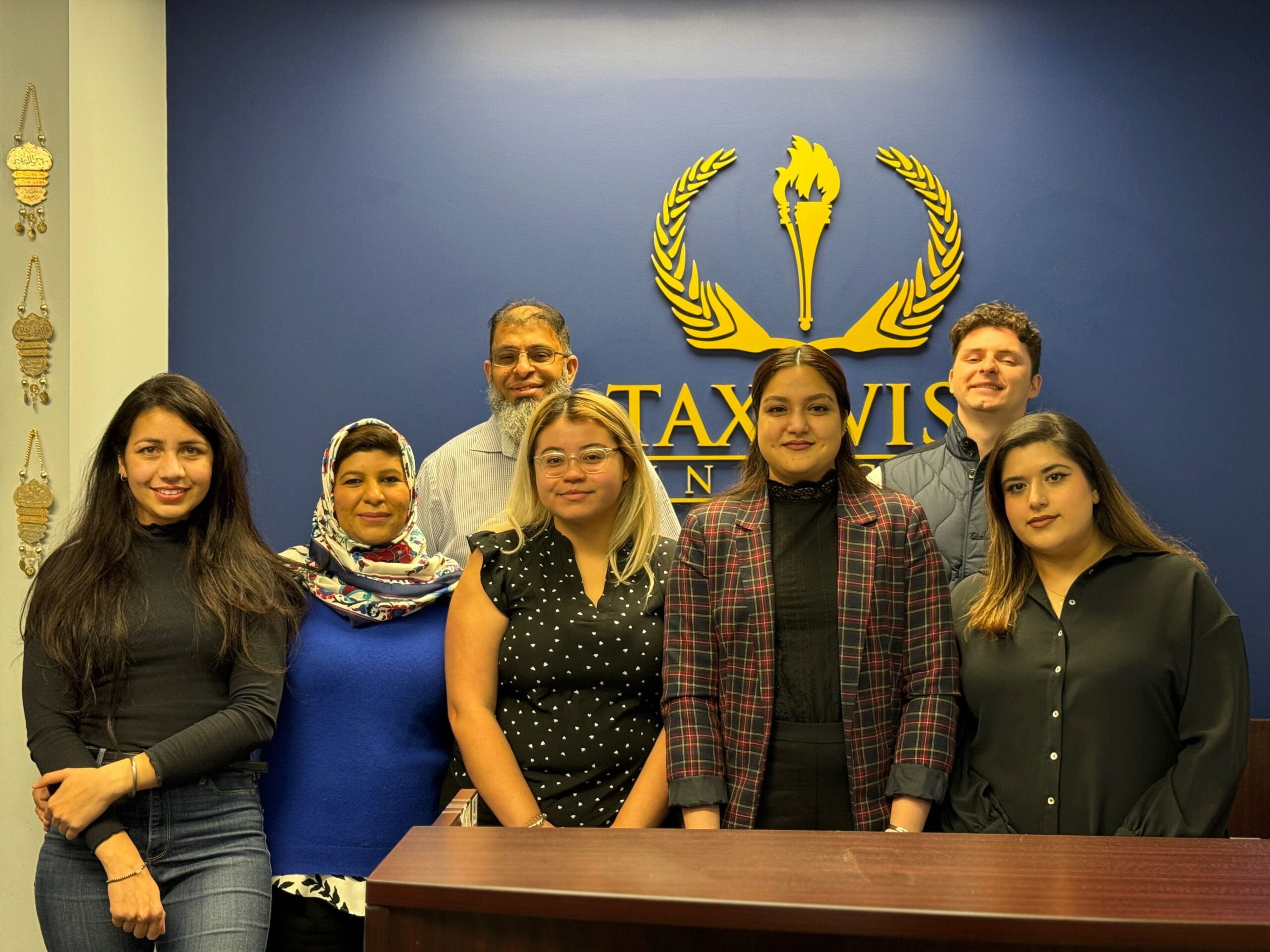
Saving for retirement can feel complicated, especially when you’re already part of a workplace retirement plan like a 401(k). Many people wonder if they can still benefit from putting money into a Traditional IRA and whether the tax savings are worth it. The answer often depends on your income, your filing status, and the type of tax saving investments you choose. In this article, we’ll break it down step by step so you can understand how to make the most of your money in 2025.
How Does Eligibility for Deductions Change Your Tax Savings Strategy?
When you contribute to a Traditional IRA, the big question is whether your contribution will be deductible on your tax return. Deductible means you can subtract the amount you contributed from your taxable income. This lowers the income the IRS taxes, which can save you money now.
But here’s the catch: if you are already covered by a workplace plan like a 401(k), the IRS limits whether you can deduct contributions. These limits depend on two things:
- Your income (measured by something called “Modified Adjusted Gross Income,” or MAGI).
- Your tax filing status (single, married filing jointly, or married filing separately).
For 2025, the IRS updates these income ranges each year. If your income is below the range, you can usually deduct the full amount. If your income is within the range, you may only be able to deduct part of your contribution. And if your income is above the range, you can’t deduct it at all.
This rule is important because it changes how effective your tax-saving investments will be. If you qualify for deductions, a Traditional IRA can give you immediate tax relief. If you don’t, you may need to rethink your strategy, perhaps by choosing a Roth IRA, which grows tax-free, or focusing more on your workplace plan.
Why a Traditional IRA Still Matters
Even if you can’t deduct your Traditional IRA contribution, the account still has benefits. Your investments grow tax-deferred, meaning you don’t pay taxes each year on the growth. You only pay taxes when you withdraw the money in retirement. This gives your money more time to grow, and it can be powerful if you invest early and consistently.
For example, let’s say you contribute $6,000 each year for 20 years, earning a 7% return. Even if you don’t get a tax deduction today, your account could grow to more than $240,000 by the time you retire. That’s the power of tax saving investments working quietly in the background.
Comparing Workplace Plans and Traditional IRAs
A workplace plan like a 401(k) often comes with a company match. That’s basically free money, and you should always take full advantage of it first. But what happens when you’ve maxed out your workplace plan, or when you want more flexibility? That’s where a Traditional IRA comes in.
- Workplace Plan Benefits: Higher contribution limits, employer match, payroll deductions.
- Traditional IRA Benefits: More investment choices, potential tax deductions, possible lower fees.
The key is balance. If you’re covered by a workplace plan but still qualify for IRA deductions, you could double up on savings and tax benefits. If you don’t qualify for deductions, you might use your IRA as a backup savings vehicle for retirement.
Tax Saving Investments That Fit With a Traditional IRA
A Traditional IRA is just the container. What really matters is what you put inside. These are your tax saving investments. Some common choices include:
- Index Funds and ETFs: Low-cost funds that track the market. Great for long-term growth.
- Bonds or Bond Funds: Add stability and income to your retirement savings.
- Target-Date Funds: Designed to automatically adjust your investments as you get closer to retirement.
- Dividend Stocks: Provide potential income while still growing over time.
Because your IRA grows tax-deferred, you don’t pay yearly taxes on dividends or capital gains. This makes it one of the best places to hold investments that would normally create a lot of taxable income.
Smart Strategies for 2025
If you’re looking to maximize Traditional IRA tax savings when you’re covered by a workplace plan and using tax saving investments, here are some practical tips:
- Check Your Income Early
Before tax season, estimate your income to see if you qualify for IRA deductions. This helps you plan smarter. - Always Take the Workplace Match
If your employer offers a match, don’t leave free money on the table. - Use a Mix of Accounts
Consider splitting between a Traditional IRA, a Roth IRA, and your workplace plan. This gives you flexibility for future taxes. - Prioritize High-Tax Investments in Your IRA
Put dividend-heavy funds, taxable bonds, or REITs in your IRA, and leave tax-efficient investments like index funds in a taxable account. - Plan for Required Minimum Distributions (RMDs)
Traditional IRAs require withdrawals starting at age 73. Keep this in mind as you build your strategy.
Example: John and Maria’s Story
John and Maria are a married couple. John has a workplace 401(k) with a good match. Maria doesn’t have a workplace plan. Their combined income is $120,000.
- John contributes to his 401(k) up to the match. Because of their income, he can only deduct part of his Traditional IRA contribution.
- Maria, since she isn’t covered by a workplace plan, can deduct her full contribution to a Traditional IRA.
Together, they save on taxes today, invest in tax saving investments, and build a strong retirement plan. By knowing the rules, they get the best of both worlds.
Final Thoughts
Planning for retirement in 2025 doesn’t have to be confusing. The key is to understand how being covered by a workplace plan changes your eligibility for Traditional IRA deductions. Once you know where you stand, you can use the right mix of accounts and tax saving investments to make the most of your money.
A Traditional IRA can be a powerful tool, whether you qualify for full deductions, partial deductions, or none at all. With the right strategy, you can lower your taxes now or in the future and build a secure retirement that works for you.


